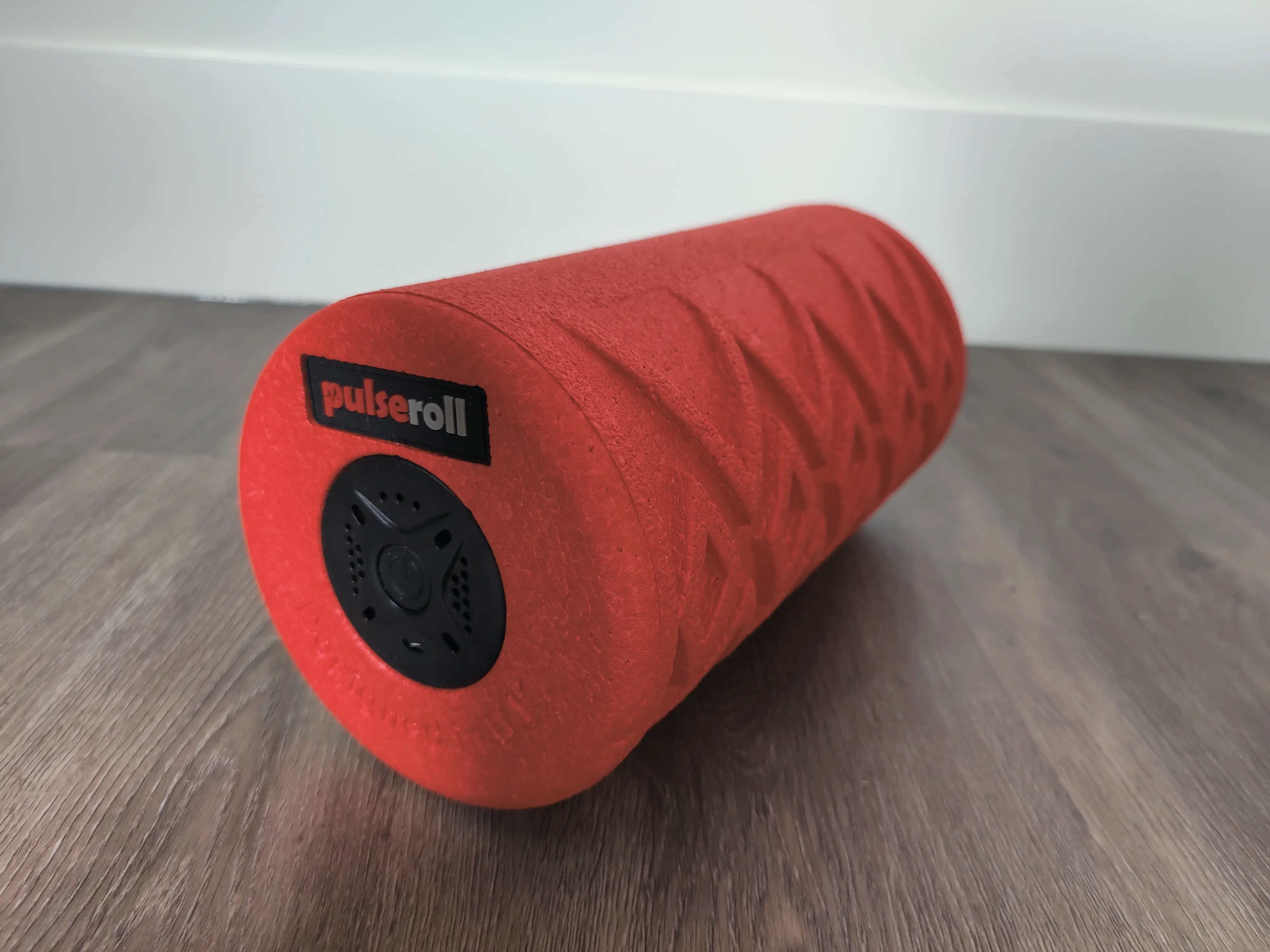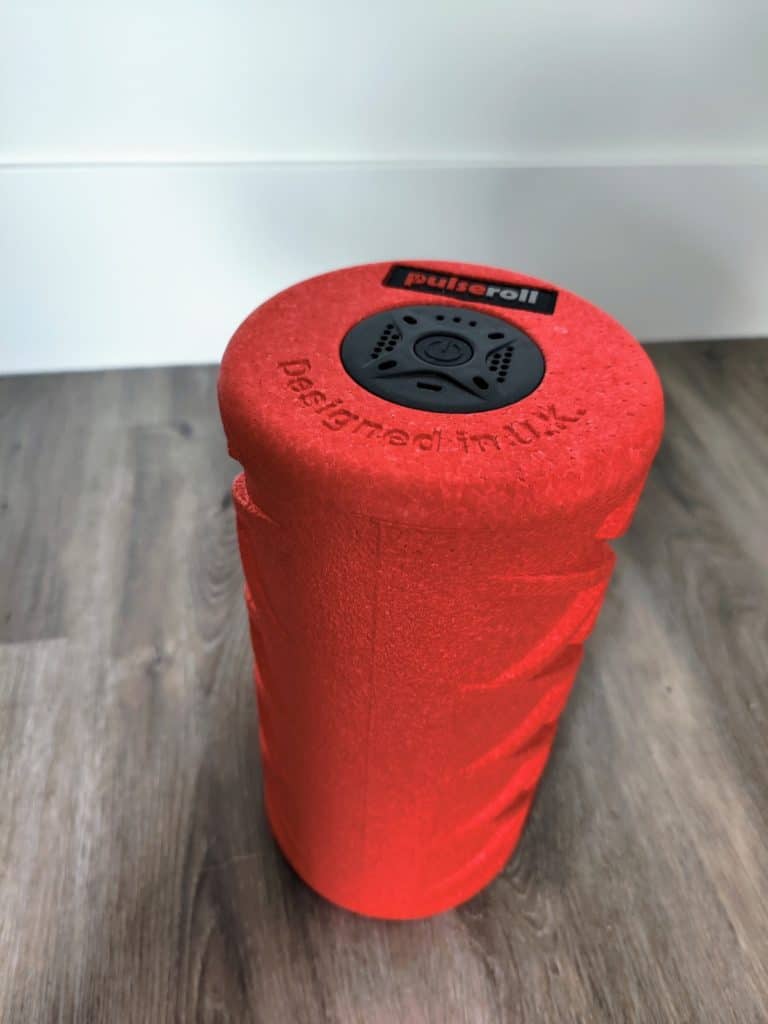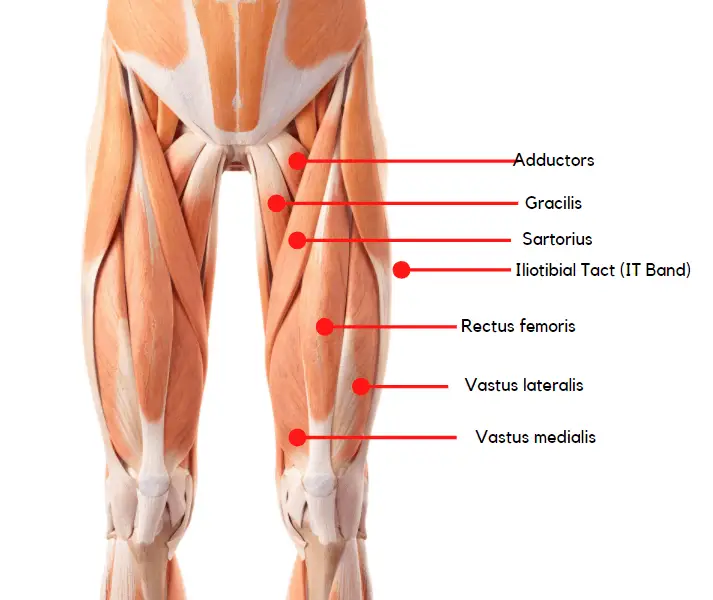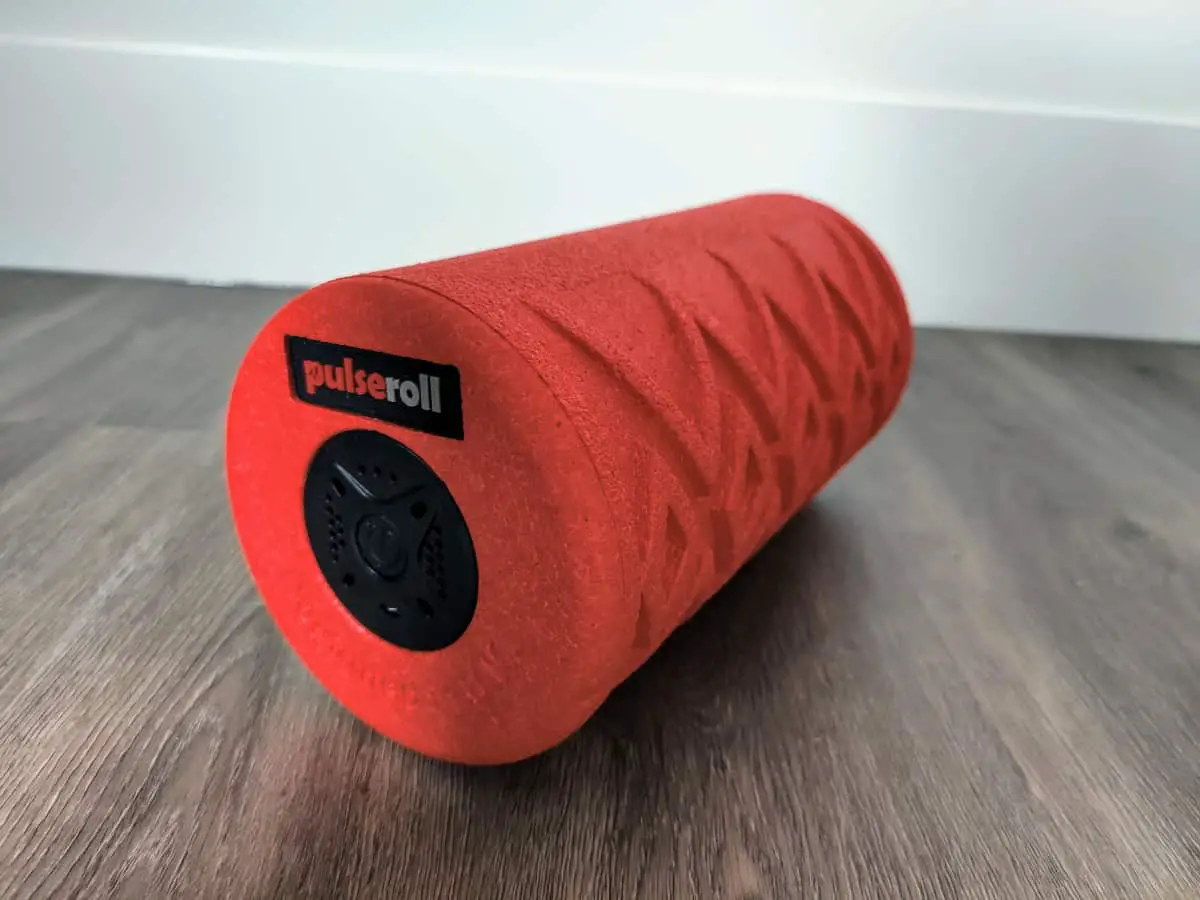In a world where most people are time-poor and are constantly looking for ways to make things more convenient and easier, the vibrating foam roller is a game-changer. If it’s easier, less painful, and takes less time to foam roll there is all the more reason to do it. Our 2020 Pulseroll review breaks down why you need to buy this.
Foam Rolling first hit the scene in the 1980s but has seen a resurgence in recent years. It has become highly regarded in the strength and conditioning field through its proven abilities to elevate efficiency in training and competition preparation through improvements, particularly in post-training recovery. You will undoubtedly have come across a foam roller or a vibrating massage roller, but do you actually understand the scientific benefits behind foam rolling, what does a vibrating foam roller do, and what’s the best vibrating foam roller?
Our Pulseroll review breaks down the science to uncover the product and provide an in-depth review of the best foam roller on the market and why the Pulseroll is essential for anyone taking part in physical activity.
Table of Contents
FTD Top Pick

Pulseroll Vibrating Foam Roller
✅ Superior Build Quality
✅ Super Light
✅ 3 Hour Battery Life
✅ Switch Modes via Remote
✅ 1 Year Warranty
✅ Rhythm Mode
❌ Noisy On Hardwood
❌ Micro USB Charging (Could be faster)
Fitness To Diet is supported by its audience. When you purchase through links on our site, we may earn an affiliate commission, at no additional cost to you. Learn more.
Pulseroll Review – Vibrating Foam Roller Review
Having used a variety of Self-Myofascial Release (SMR) Rollers in my time, it’s fair to say we have a clear winner in a market full of similar products. I’ve used the standard foam rollers for years, and they’ve been great to use at the time. Having purchased ‘Vibey Roller’ from Amazon, which at the time was the best vibrating foam roller I could find, I was impressed with its abilities, although it did come at a much higher price point than your standard vibrating roller – roughly £40 ($50) more. I used that vibrating roller for roughly 25 hours before being made aware of the Pulseroll.
Whole-Body Vibration plates have a healthy amount of science behind them, especially in the area of providing a post-workout benefit and reducing muscle tightness and soreness, but I was especially curious to see how a vibrating version of a foam roller like would be able to provide additional benefits compared to the vibration plates.

Pulseroll’s Build Quality and Features
The reason Pulseroll has changed the game is due to its build and quality. One of the biggest reasons anyone stops foam rolling, or uses it less is because of how painful and uncomfortable it can be. Pulseroll has come up with an improved design so that not only is it comfortable even in the painful areas (IT band, lower quad), but more importantly, consistent in the roll. This means you won’t slip into a sore are of muscle accidentally which can trigger a shock of pain.
Consider muscles in the leg such as the vastus medialis and iliotibial tact (IT Band) which can be incredibly painful to conduct myofascial release on. The Pulseroll makes this journey much easier but taking on the bulk of the effort through vibrations and easing into the muscle.

Other vibrating foam rollers lure you in with protruding ridges, notches, and bumps (which I fell for originally!) but actually that design makes it more difficult to precisely target small areas of muscle tissue and hurt when you slip off a ridge or a bump. Consider Remember, the vibrations will be doing a lot more of the work, so your goal should just be to locate the tight areas and slowly move over it.
Remote To Change Modes
I initially thought this was gimmicky, however, it’s a perfect feature for foam rolling. When you’re deep into a position and want to increase the vibration intensity, there’s no need to get off the roller, fiddle around with buttons to crank up the RPMs, and then get back on – the remote is perfect for that.
I typically ease into it on Level 1 or 2, then after a minute, I’ll hit the remote to increase to Level 4 for a deep, intense vibration which is significantly less painful than other vibrating foam rollers I’ve used.
Why Pulseroll Works
It’s quite simple. If it’s easier, less painful, and takes less time to foam roll there is all the more reason to do it.
Whether you’re an elite athlete, a regular gym-goer, a runner, or even a yogi, you should be looking after your body post-training. This product gives you the ability to do that through ease and convenience – ultimately decreasing the chances of injury, soreness, and limited range of motion.
Testimonials
Having met Paul McCabe (Founder of Pulseroll) at Dale Walker’s ‘Bullet Proof Bodies: Injury Prevention’ seminar, he mentioned the types of elite athletes who regularly use and endorse Pulseroll products. This is what you won’t see from other vibrating foam roller companies.
The likes of Dan Hardy, former UFC Fighter and now Colour Commentator for the UFC, Jamie Murray OBE, the tennis legend and 5 time Grand Slam doubles winner. Not to mention, the WBA, IBF, WBO, and IBO Champ, Anthony Joshua who are just some of the top athletes using this product. Looking back at AJ’s most recent win against Anthony Ruiz in the rematch, all the additional preparation and recovery clearly made a difference in the end result.
Technical Detail
Each mode provides a different intensity, and usage will impact the battery life as referenced below.
The ‘Rhythm Mode’ works by pulsing from ‘low’ to a ‘medium/high’, which is great when you’re trying to break through a tough knot. It’s also great for a comfortable massage if you simply lie on it!
Read about improving your hip mobility for powerlifting here
| Level | RPM | Mode | Battery Life on Mode |
|---|---|---|---|
| Level 1 | 1500 RPM | Low | 240 minutes |
| Level 2 | 2200 RPM | Medium | 180 minutes |
| Level 3 | 1500 – 3000 RPM | Rhythm Mode | 120 minutes |
| Level 4 | 3900 RPM | High | 60 minutes |
Pulseroll Review: Vibrating Foam Roller Review – Verdict ⭐⭐⭐⭐⭐
Whilst the price may seem off-putting initially, there’s a valid reason for this. Unlike all the similar products on Amazon that have been purchased from Alibaba with different branding, Pulseroll is a unique UK built product that is effective, high quality, and used by professionals.
Are Vibrating Foam Rollers Worth It?
In short, yes. In terms of ‘value for money’, I’ve spent more time foam rolling now than before because of how easy and less painful it is.
Look at it this way, 15 minutes per day foam rolling equates to 5,460 minutes a year (~91 hours). This works out at about 0.02 pence per minute or 25p for every 15-minute session. If you’re going to use it then it’s very affordable!
Benefits Of Foam Rolling
Foam rolling is a form of “self-massage”, or more commonly referred to as self-myofascial release (SMR). The targeted muscles are rolled and compressed through the motion of applying pressure onto the foam roller in a variety of positions to reap the proven scientific benefits.
Benefits of Foam Rolling
- Increased blood flow and parasympathetic circulation (Source).
- Relieving muscle tightness, soreness, and inflammation (Source¹, Source²).
- Increases range of movement in joints (Source¹, Source²).
- Improve performance in physical activities (Source).
One of the primary goals of using a foam roller is to prevent injury, or “pre-habilitation”. By warming up for 5 minutes and warming down for 10, this form of deep tissue massage can stop unwanted injuries before they happen.
The Science Behind Vibrating Foam Rollers
You may wonder whether the added element of vibration can impact the effectiveness of foam rolling, this is where innovative technology reigns supreme and backed by science.
Vibrating Foam Roller Benefits
- Significantly less painful that non-vibrating foam roller
- Target deeper muscle tissue
- Increased range of motion
- Improves circulation and DOMs
Vibration and Deeper Muscle Stimulation
The vibrations work by stimulating the targeted muscles, which calms down the nerves and in turn relaxes the muscles. This then allows the vibrating foam roller to target deeper muscle tissue and also facilitates blood circulation, ideal for a warm-up before exercise.
Vibration and Reduced Pain
Typically a non-vibrating foam roller will be uncomfortable from the offset especially on the legs and tighter upper back areas. This leads to pain, and for most people, less time spent using the foam roller. Vibration has been proven to significantly remove the frequency of pain signals that are sent to the central nervous system. This means that a vibrating foam roller will allow you to spend more time foam rolling as your pain threshold will be higher. A 2019 study on 38 health individuals looked at the differences between Vibrating Foam Rollers and Non-Vibrating Foam Rollers and concluded that not only were there great improvements in pain perception, but also pain threshold, and passive hip range of motion.
Vibration and Reduced Soreness
We understand that using a vibrating foam roller pre-workout can improve range of motion and allow users to more effectively perform movements – and in turn reduce injury risk. Using a vibrating foam roller post-exercise is proven to reduce Delays Onset of Muscle Soreness (DOMs) which means your body can recover faster and get back to training.
Vibrating Foam Roller Uses
There really isn’t any limit to who should be using a vibrating foam roller like Pulseroll. Sports involving heavy leg usage like running, cycling, and football will no doubt see massive benefits to pre and post-workout recovery.
It is recommended to spend at least 10 minutes per day using the vibrating foam roller. This can be 5 minutes prior to running or cycling to open up the muscles and provide extra range of motion for your hips, knees, and ankles. An additional 5-10 minutes post-workout to help reduce muscle soreness and significantly reduce the chances of injury.
Read about stretching to improve your flexibility for jiu jitsu and MMA here

